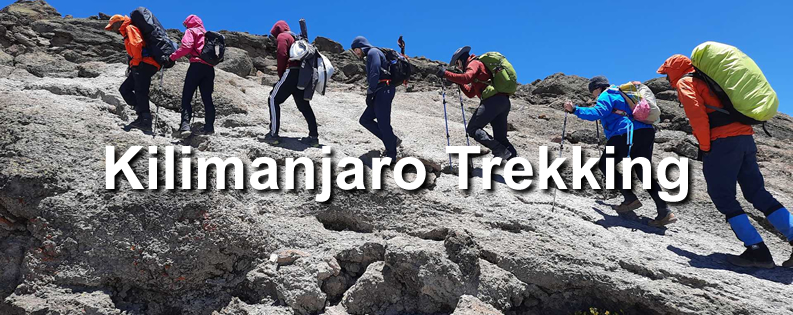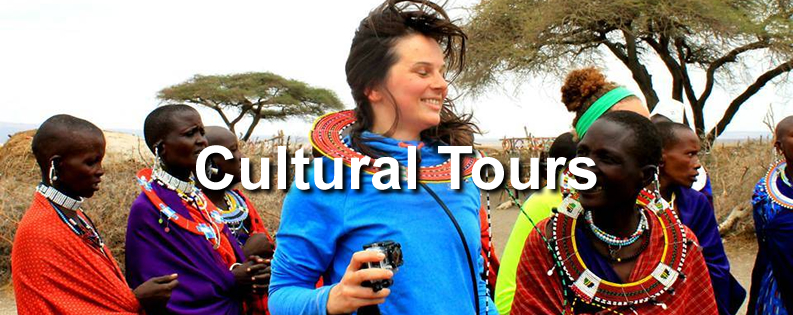Photography Tips for Capturing the Great Migration in Serengeti
Introduction: The Majesty of the Great Migration
Imagine standing on the vast plains of the Serengeti, surrounded by thousands of wildebeests thundering across the horizon. The Great Migration, one of nature’s most breathtaking spectacles, unfolds every year as millions of animals traverse the landscape in search of fresh grazing pastures. Capturing this awe-inspiring event through photography is not only a challenge but also a rewarding experience that can provide lifelong memories. In this guide, we’ll share essential photography tips for capturing the Great Migration, ensuring that your images reflect the beauty and drama of this remarkable phenomenon. With the right approach, you can immortalize this adventure in your photographic portfolio while experiencing the wild like never before.
1. Understanding the Migration
The Journey of a Lifetime
Before you even reach for your camera, it’s crucial to understand the journey of the Great Migration. This epic annual trek involves over a million wildebeests, countless zebras, and other herbivores crossing the Serengeti and the Maasai Mara in search of food and water. Familiarizing yourself with their patterns and timings will help you position yourself for the best shots. The migration typically takes place between June and October, so plan your visit accordingly to capture the heart of the action.
2. Choosing the Right Equipment
Essential Gear for Wildlife Photography
To capture the raw beauty of the Great Migration, having the right equipment is essential. Here’s a checklist of must-have gear:
- Camera: A DSLR or mirrorless camera offers versatility and high-quality images.
- Lenses: A long telephoto lens (200mm or longer) is key for capturing distant animals without disturbing them. A wide-angle lens can also be useful for stunning landscapes.
- Tripod: A sturdy tripod or monopod can help stabilize your shots, especially in low-light conditions.
- Extra Batteries and Memory Cards: Wildlife photography can be unpredictable; be prepared for a full day of shooting.
Investing in quality gear pays off when it comes to capturing the thrilling moments of the migration.
3. Mastering Composition
Framing the Wild
Composition plays a vital role in wildlife photography. Here are a few tips to enhance your composition skills:
- Rule of Thirds: Position your subject off-center using the rule of thirds to create dynamic images. Imagine a grid overlay, and place key elements along the lines.
- Leading Lines: Use natural lines in the landscape—like rivers or paths created by the animals—to lead the viewer’s eye through the image.
- Foreground Interest: Incorporate elements in the foreground to add depth to your photos. This could be tall grass or a nearby silhouette of a tree.
By mastering composition, you’ll create stunning images that draw viewers into the heart of the Serengeti.
4. Timing and Patience
The Art of Waiting
Wildlife photography requires patience. Often, the best shots come from waiting for the right moment. Here are some strategies:
- Golden Hours: Early mornings and late afternoons provide soft, golden light that enhances colors and textures in your images.
- Observe Animal Behavior: Understanding animal behavior allows you to anticipate movements, capturing moments like a wildebeest giving birth or a predator on the hunt.
- Stay Silent and Still: Animals can sense human presence. Keeping quiet and maintaining a low profile increases your chances of capturing natural behaviors.
Remember, patience is key in wildlife photography, and sometimes the best moments happen when you least expect them.
5. Ethical Wildlife Photography
Respect for Nature
As a photographer, your responsibility is to respect wildlife and their habitats. Here are some ethical guidelines to follow:
- Keep Your Distance: Use your zoom lens to capture animals without intruding on their space.
- Avoid Disturbing the Wildlife: Do not chase or provoke animals for a photo opportunity. Always prioritize their wellbeing over a shot.
- Leave No Trace: Follow the principles of “Leave No Trace” to minimize your impact on the environment.
By practicing ethical photography, you’ll not only create stunning images but also contribute positively to conservation efforts in the Serengeti.
Conclusion: Your Adventure Awaits
Capturing the Great Migration in the Serengeti is an experience like no other. With the right equipment, composition techniques, patience, and ethical considerations, you can preserve the essence of this incredible journey through your lens.
Ready to embark on this photographic adventure? Book your Tours and Safaris with Authentic Vacations Adventures, a premier tour operator in Arusha, Tanzania. Their expertise in navigating the Serengeti ensures that you’ll be in the right place at the right time to capture the Great Migration in all its glory. Don’t miss this chance to create unforgettable memories and stunning photographs that will last a lifetime.
Call to Action
For more photography tips, travel inspiration, and to learn about upcoming tours, subscribe to our blog and follow us on social media. Your journey into the wild awaits!









